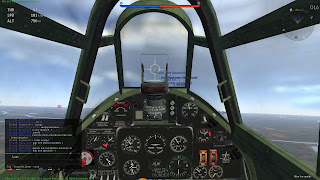Procedurally Generated Thoughts
While discussing how Sim City and it's city-building model could be adapted for non American cities the importance of history came to my mind. In London you see history wherever you are. Near to my house there is the disused picadilly line York Way tube station. If you stand near it and look out at the view that presents itself you see the old Victorian kings cross station next to the glass building of St Pancras Int. and many cranes helping turn abandoned industrial buildings into new skyscrapers and arts university campuses. It's a rich and interesting landscape. Another bustling recently gentrified street nearby is Upper Street which owes its original path as far back as to the Celts. In turn, London grew organically from Thames access, one of those mechanisms making up the majority of your GCSE geography knowledge.. The city just wouldn't make sense being anywhere else.
History and iteration are also fundamental to how nature constructs life. Although for each generation random processes are at work, the final product owes everything to it's ancestry. If that prior information didn't get passed on in some form, well we'd have to have been shaped in some predetermined omnipotent image..
This all extends directly to the way I've been thinking of procedural generation lately. Why is it not fine to use Perlin noise for your ocean surfaces or planetary terrain? In the case of ocean water, summing many sinusoids with random wavenumbers gives you something which on inspection looks like the noise, but really contains much more information and continuity that our eyes can immediately discern. Subconscious though and somewhere deep in the uncanny valley we can tell we're looking at a 'fake' product, close enough but not quite there. Similarly, generating random terrain lacks the historical structure of colliding tectonic plates and weathering processes and it always somehow looks a little off. Terrain grabbed from satellite pictures look rich, consistent and real placed side by side with the most creative hand crafted land maps. Minecraft, while sometimes beautiful in its randomness, is totally alien in its terrain and I don't think I've seen anyone using much better rules in any similar games.
This is definitely not anything innovative. Examples like Sim Planet where your planet forms and populates in epochs according to a set of rules and you can see history in your game. Or the procedurally generated worlds Dwarf Fortress creates during its CPU-intensive initial world-building phase. Games which have some persistency delight us in the results of our labours, because you see and know the history of that world inside your computer.
When possible we should allow for the reuse of information along the full lifetimes of our designs and let that inform both creation and runtime considerations, hopefully giving us much better art in the process. And perhaps more interesting city builders once we've cracked that.

Comments
Post a Comment